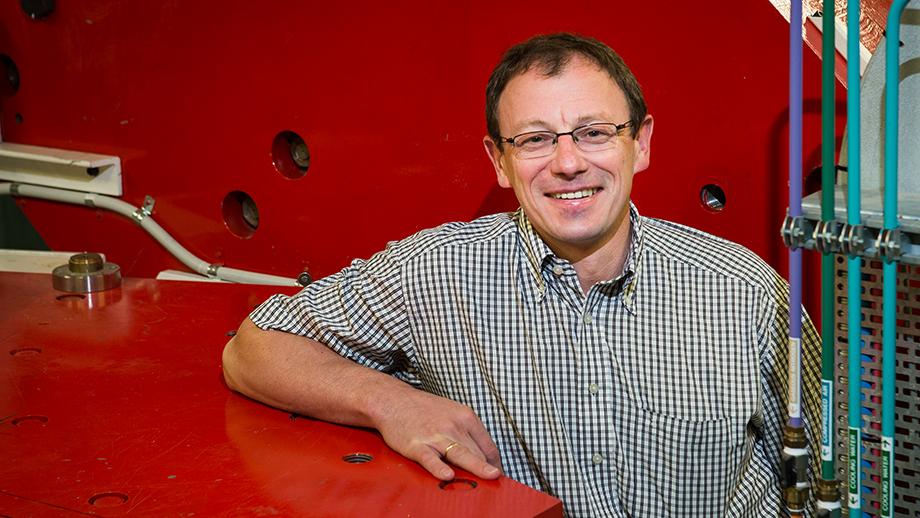Fixed astronomical clock vital for galactic history
Scientists have settled a long running debate on one of the fundamental time measures for galactic history - the half-life of a radioactive isotope of iron.
The new, accurate figure for the iron-60 half-life will bring clarity to many details of how the heavy elements were formed during the evolution of the galaxy.
The team found that the half-life of iron-60 is 2.6 million years, resolving the large discrepancy between two previous measurements that found values of 1.5 million years and 2.62 million years respectively.
“The iron-60 half-life is integral to theories about supernovae and the early Solar System," said Dr Anton Wallner, from The Australian National University Research School of Physics and Engineering.
“Because iron-60 is formed predominantly in supernovae its presence on earth is thought to indicate that there were nearby supernovae in the last 10 million years. These may have had an effect on earth’s climate or even triggered the birth of the solar system more than 4 billion years ago.”
Most iron-60 is formed in massive stars, which explode at the end of their lives in a supernova event, spreading the radioactive element through space.
Today iron-60 can be observed directly in our Milky Way through characteristic radiation emitted during its radioactive decay, indicating where recent supernovae have created new elements.
The slow decay of iron-60 makes it difficult to measure the decay time precisely. The team used a unique mass spectrometer system at the Heavy Ion Accelerator Facility at ANU, which is more sensitive than previous experiments.
The team of scientists from Australia, Switzerland and Austria used artificially produced iron-60 extracted from nuclear waste.
The research is an editor’s highlight in Physical Review Letters with featured articles by theAmerican Physical Society and the Institute of Physics.

